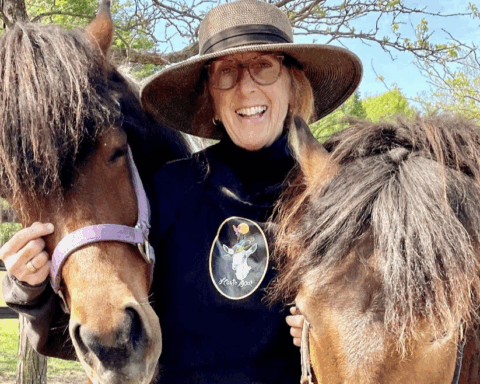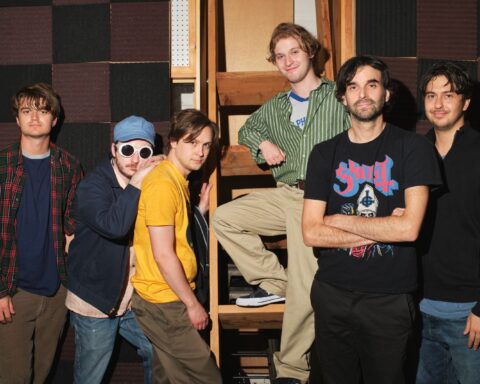Barbara Rubin and the Exploding NY Underground_
(USA, 78 min)
Dir. Chuck Smith
Programme: Nightvisions (World Premiere)
“Meet the woman who introduced Andy Warhol to The Velvet Underground! Beloved by Ginsberg, Dylan and Mekas! Her only film —_Christmas On Earth_ — is the wildest ride this side of Flaming Creatures! It’s Barbara Rubin!”
That’s the gist of If you’re into that scene, the film’s trove of archival footage and anecdotage, rehashing familiar stories while inserting the suggestive, shadowy figure of Rubin, is like candy. Barbara Rubin—artist, muse, scenester, creature of passions—is certainly a worthy subject. And the ’60s New York art scene is a gold mine.
In archival footage early in the film, Jonas Mekas explains that the filmmakers he presents and champions—artists like Barbara Rubin—are not interested in the narrative but the poetic side of cinema. That much is true enough; it is, unfortunately, not true for Barbara Rubin and the Exploding NY Underground, a resolutely straightforward doc about a larger-than-life character among a whole scene of larger-than-life characters.
My problems with the film are thrown into relief in the last third. After her years in the New York underground, Rubin had a religious epiphany while driving by an Orthodox Jewish orphanage with her friends. She made them stop the car, jumped out, started working at the orphanage, and that was that—Rubin was out of the scene. She married one Orthodox Jew, then quickly divorced him and married another, and lived the rest of her life as a devout Hasid, first back in New York City and then in France, having child after child until she tragically died after giving birth to her fifth.
The film’s talking heads have very little insight into this change of direction, and the final word goes to Amy Taubin calling it unfathomable and almost a tragedy for the scene, for art. But is it really so inscrutable as all that? Rubin always had spiritual yearnings; she felt betrayed by the scene she had helped to build; she wanted children and a family life; she felt that her art was ultimately hollow; she had mental illnesses going back to her teen years that were exacerbated by prolific drug use and being surrounded by addicts; religious curiosity—not just the hippie Buddhism the film mentions but also various strands of Islam, Christianity, Judaism and even Bahá‘í (Dizzy Gillespie)—was commonplace in the ’60s; and so on. Grappling with these things would have balanced the film’s narrative, stripping away some of the nostalgia from the middle of the film—which, while pleasant, doesn’t really threaten to get to the heart of the matter—to detect traces of her future change of lifestyle, and, indeed, the disintegration of that whole milieu.
In the end, Barbara Rubin and the Exploding NY Underground lets down its visionary subject(s) with a doc-by-numbers approach. It’s worth watching, but do also check out Christmas on Earth on UbuWeb.
Barbara Rubin and the Exploding NY Underground screens:
-Wed, May 2 at 9:45 PM at Hot Docs Cinema
-Fri, May 4 a 6:30 PM at Scotiabank
-Sat, May 5 at 9:15 PM at Hart House
Hot Docs runs April 26 to May 6. Please visit hotdocs.ca for more info.









